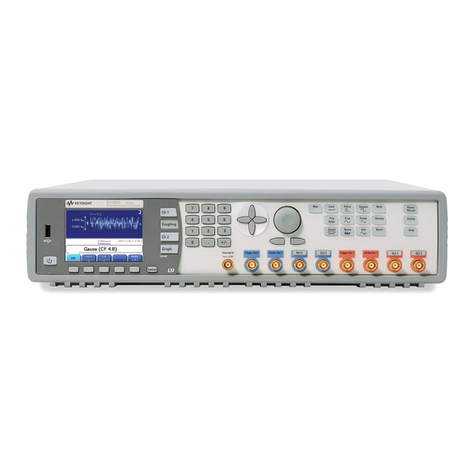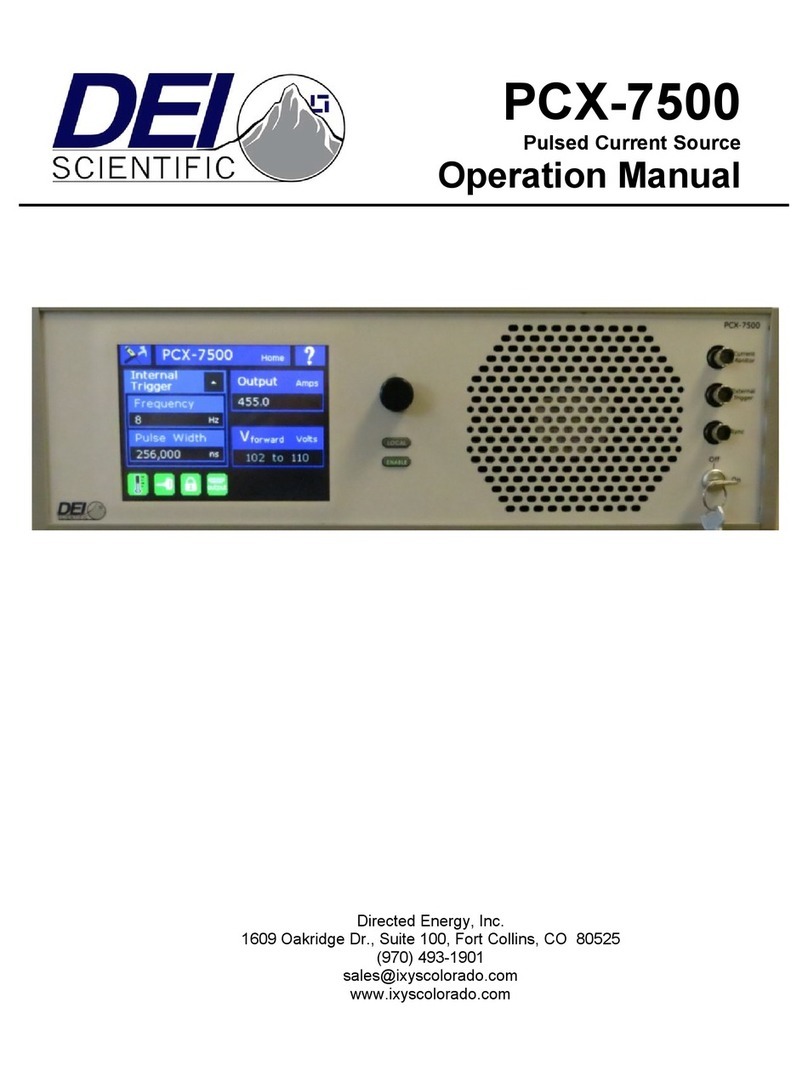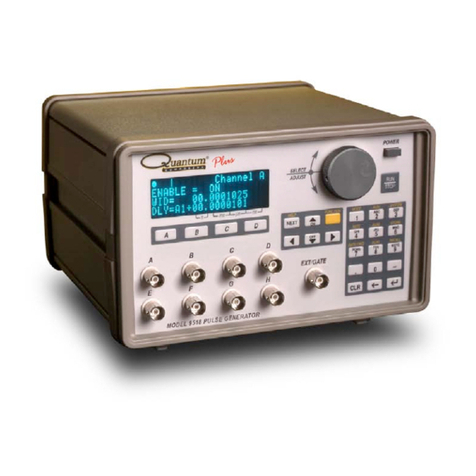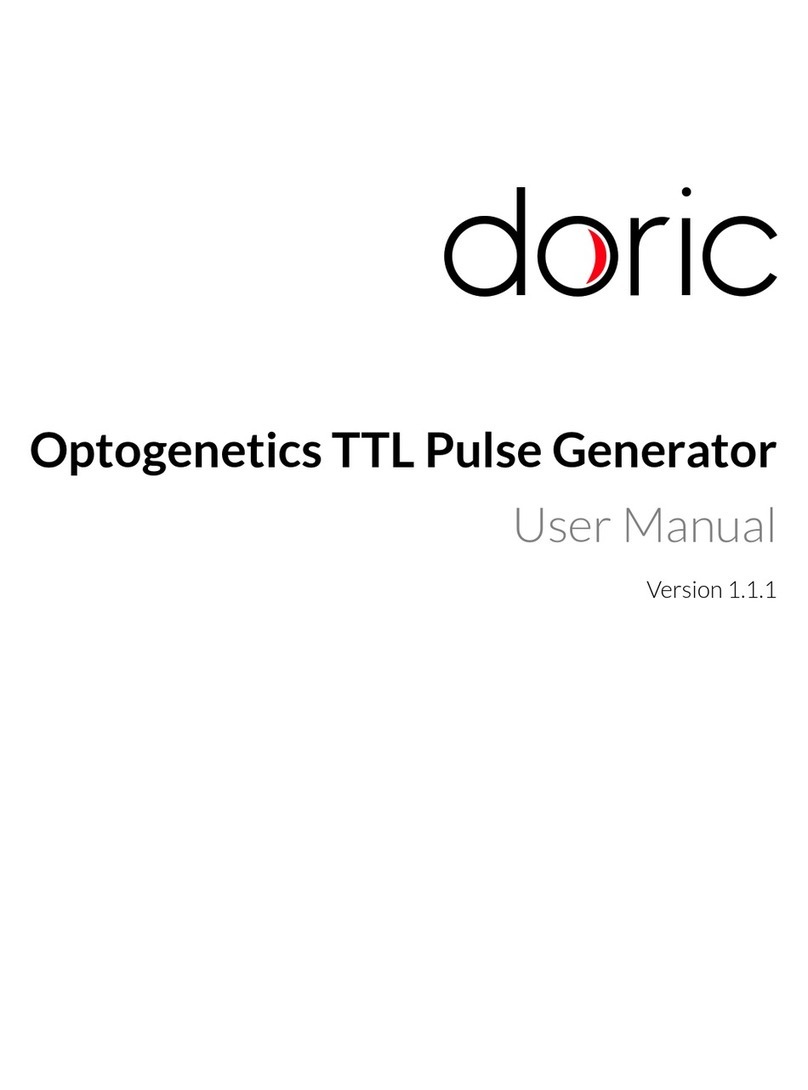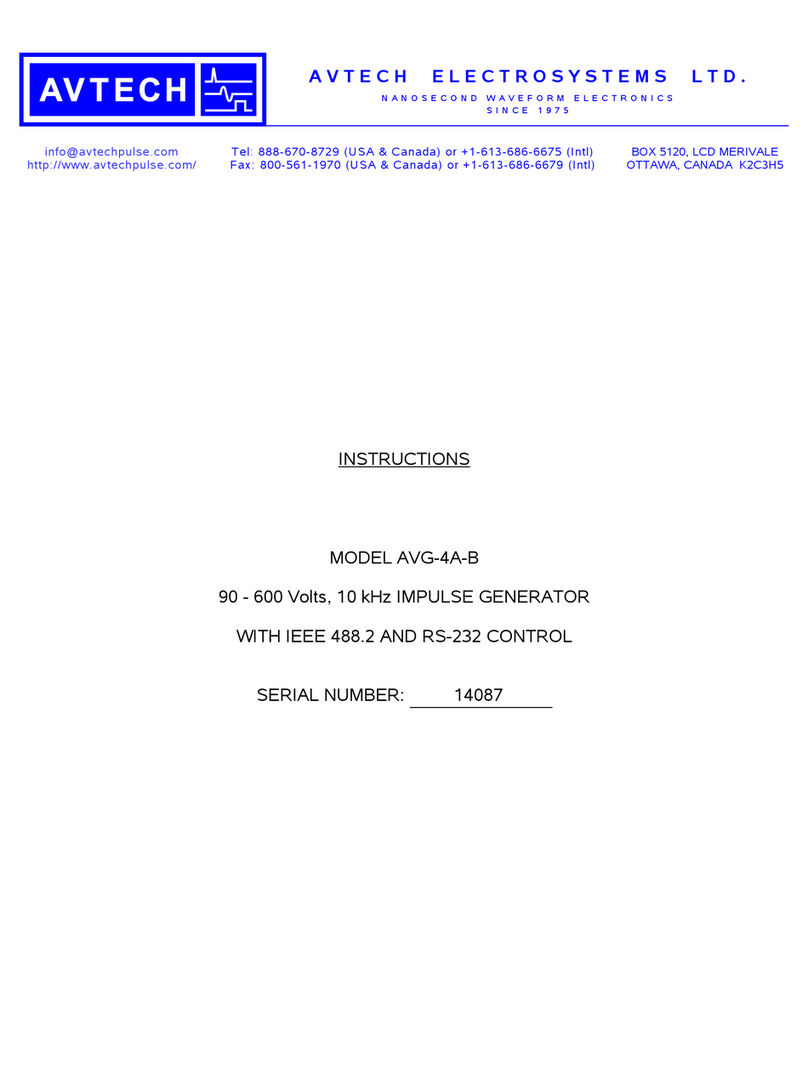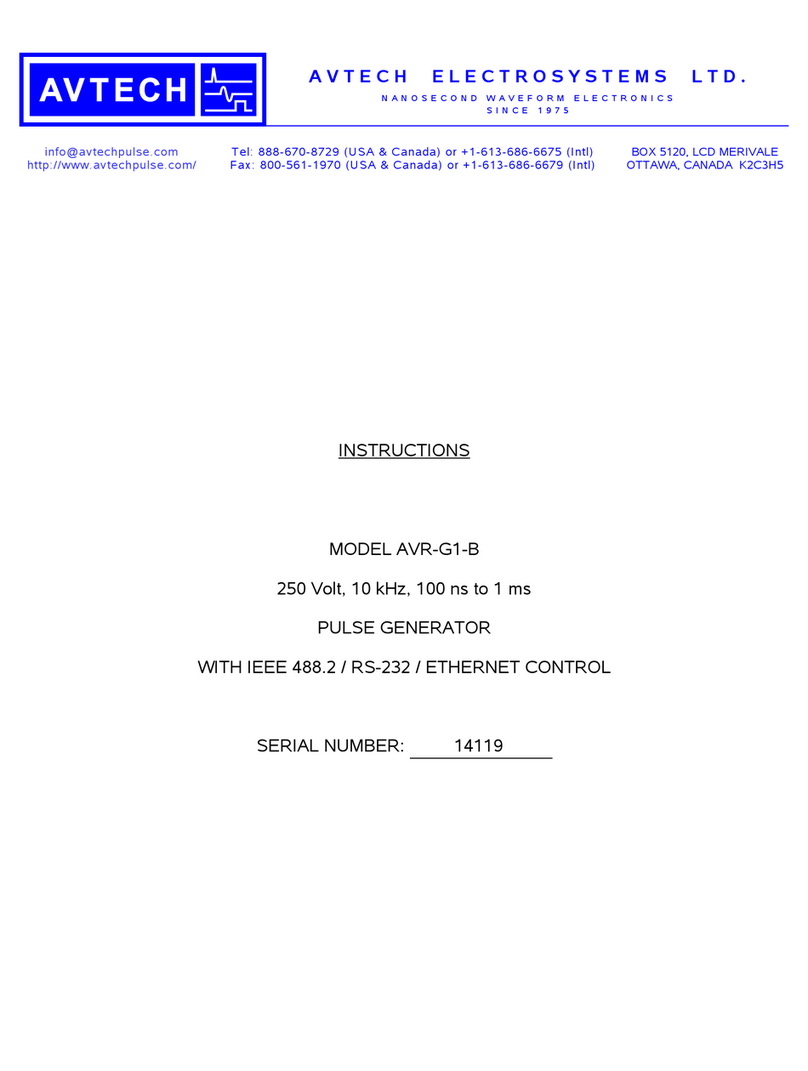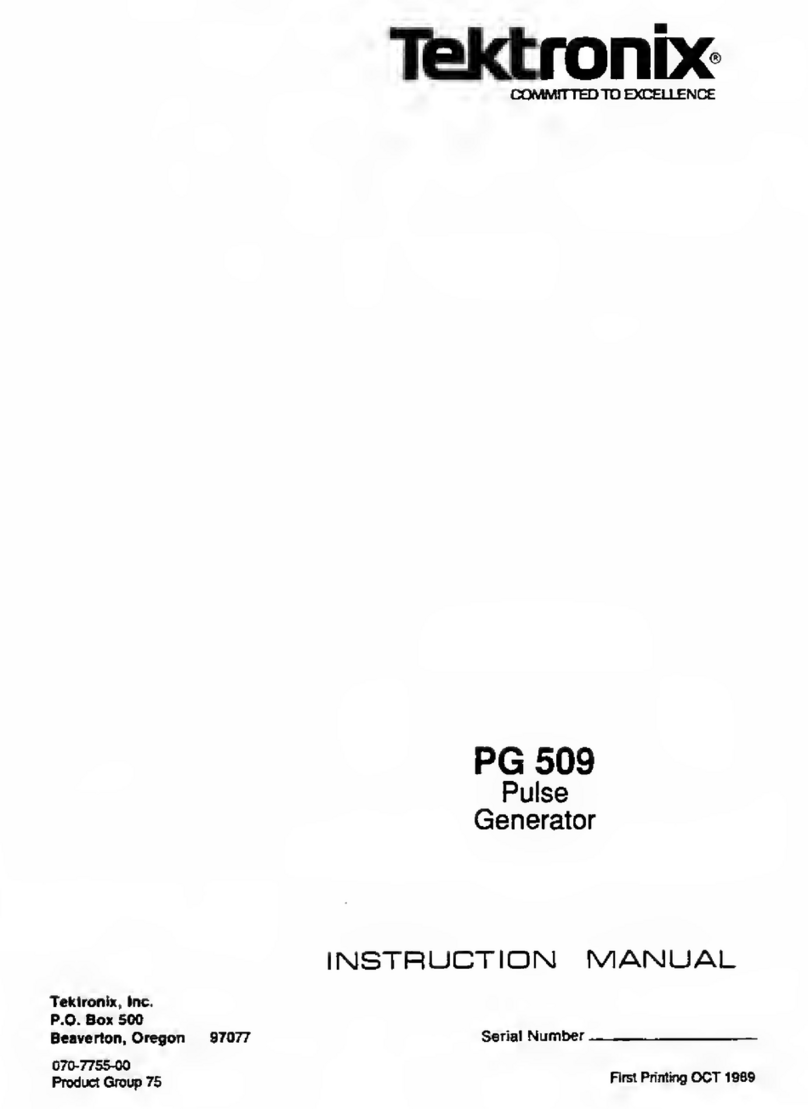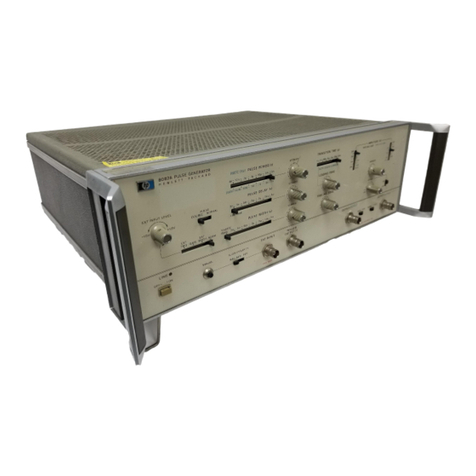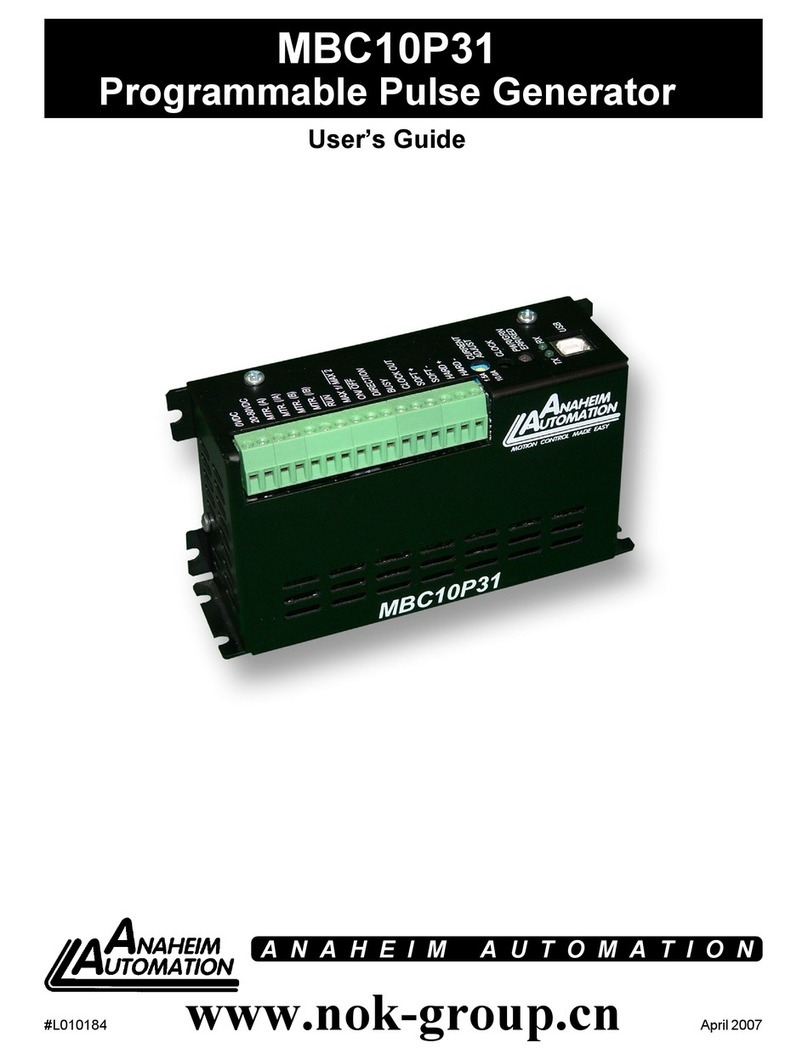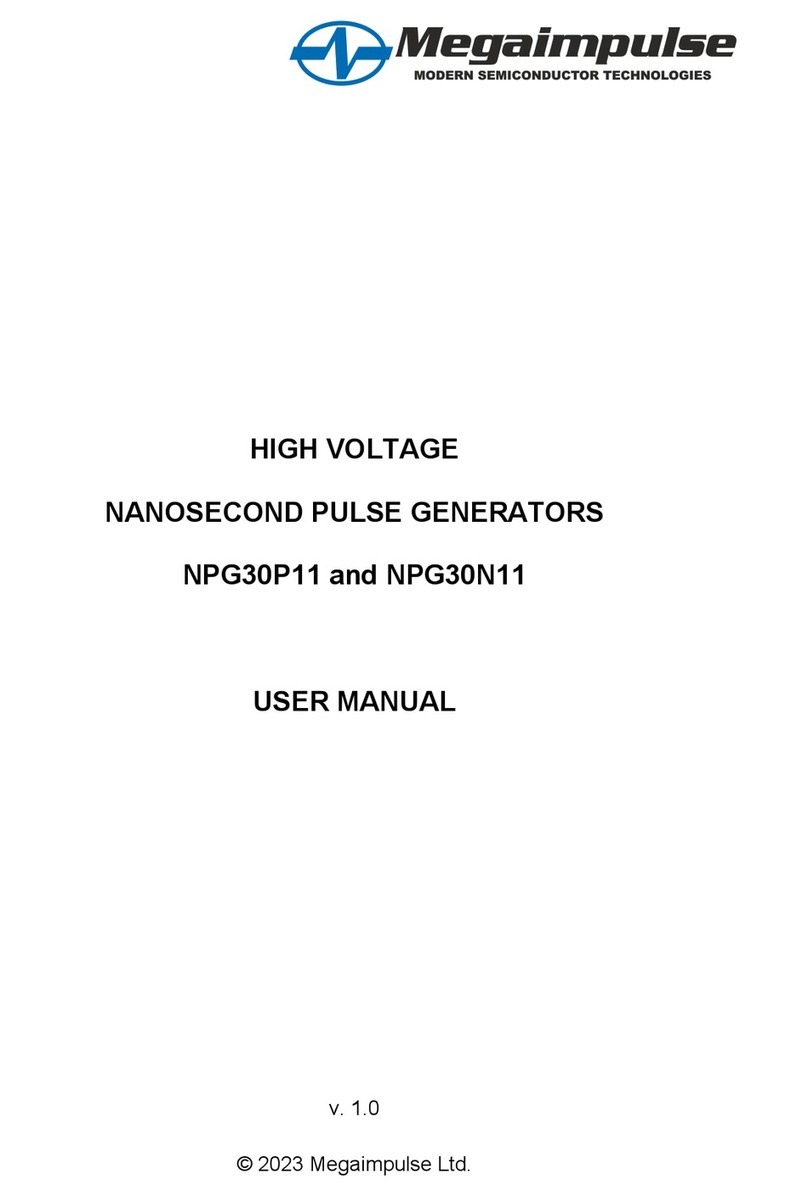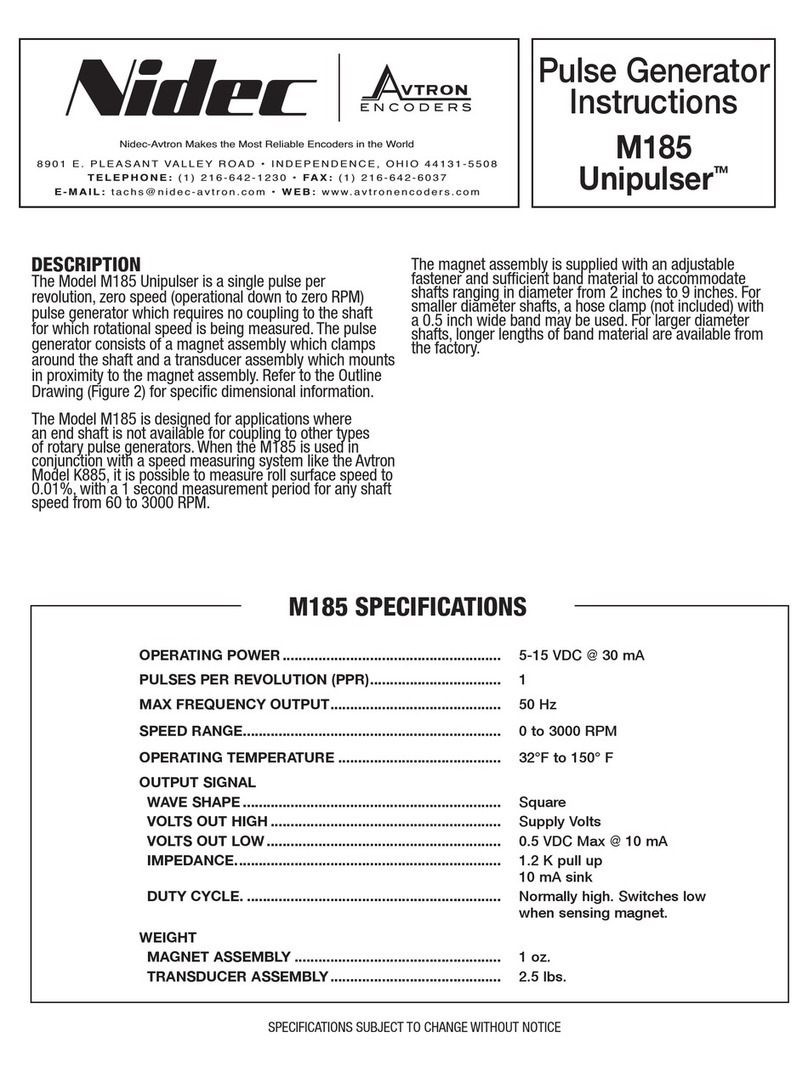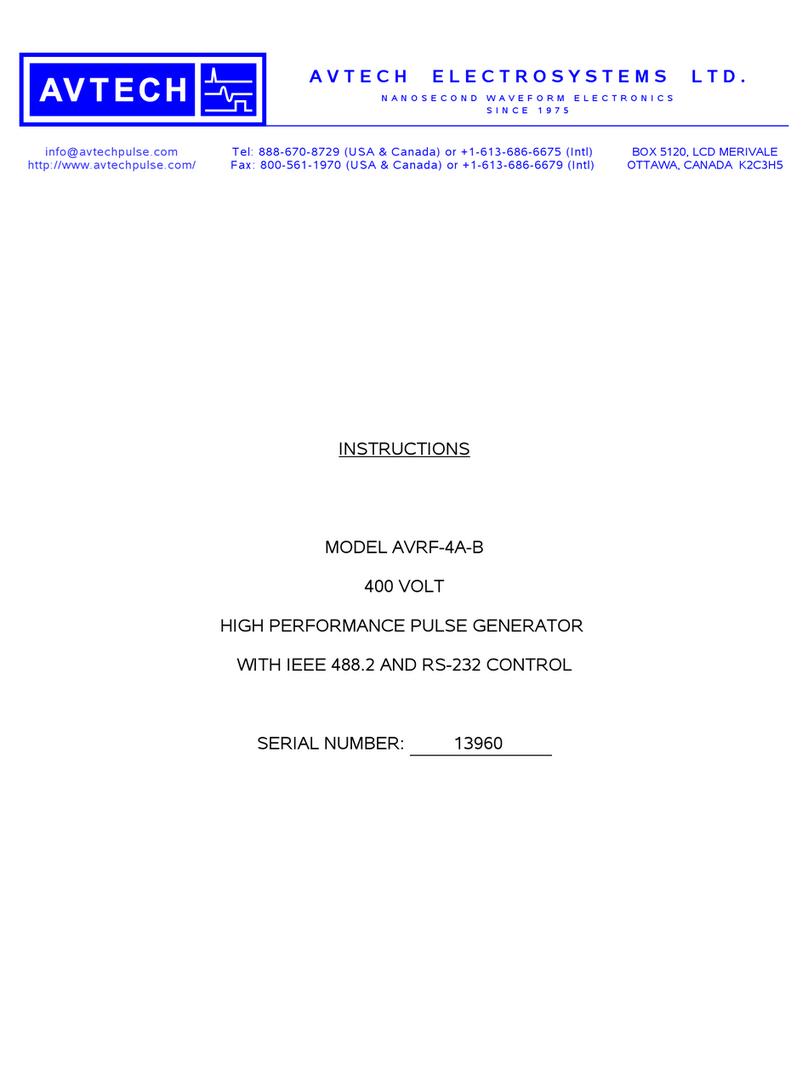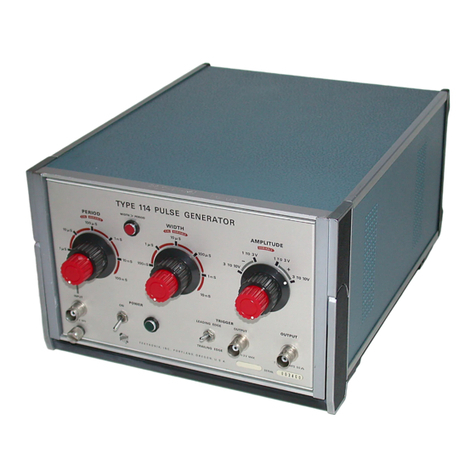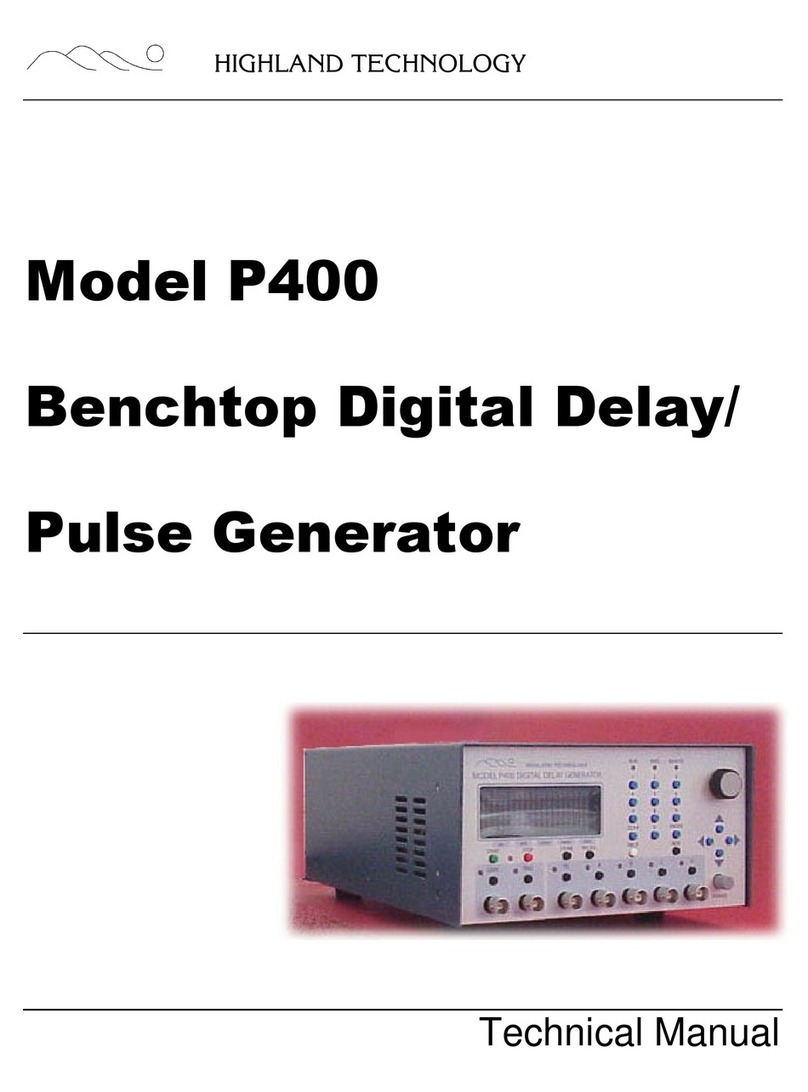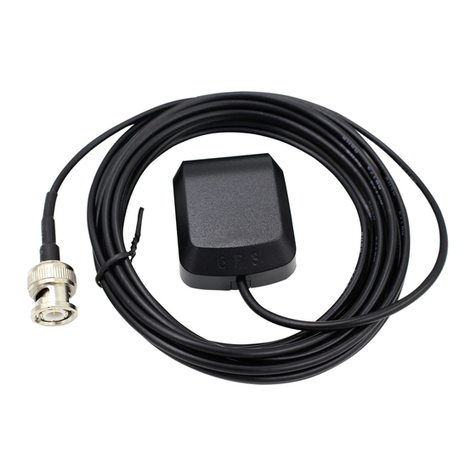
their mobile phones and smart watches at least 15 cm (6 in.) away from the generator and avoid placing any
smart device in a pocket near the generator. If a paent is concerned about a smart device interacng with
their neurosmulaon system, consider disabling magnet mode. For more informaon about seng the
magnet mode, refer to the clinician programmer manual or contact Technical Support.
Lead movement. Paents should be instructed to avoid bending, twisng, stretching, and liing objects
over 2 kg (5 lb) for six to eight weeks aer implantaon of a neurosmulaon system. Extension of the
upper torso or neck may cause lead movement and alter the smulaon eld (especially with leads in the
cervical area), resulng in oversmulaon or ineecve smulaon.
Paent training. Instruct paents to use their neurosmulaon system only aer an authorized clinician has
programmed the generator and has trained the paent on how to safely control smulaon and to charge
the system.
Programmer use. Allow only authorized use of the clinician programmer to avoid any programming changes
that may injure a paent.
Sterilizaon and Storage
Single-use, sterile device. The implanted components of this neurosmulaon system are intended for a
single use only. Sterile components in this kit have been sterilized using ethylene oxide (EtO) gas before
shipment and are supplied in sterile packaging to permit direct introducon into the sterile eld. Do not
resterilize or reimplant an explanted system for any reason.
Storage environment. Store components and their packaging where they will not come in contact with
liquids of any kind.
Handling and Implementaon
Expiraon date. An expiraon date (or “use-before” date) is printed on the packaging. Do not use the
system if the use-before date has expired.
Recharge-by date. A recharge-by date is printed on the packaging. If this date has been reached or has been
exceeded before the date of implantaon, the generator should be charged prior to implantaon.
Handle devices with care. The clinician programmer and paent controller are sensive electronic devices
that can be damaged by rough handling, such as dropping them on the ground.
Care and handling of components. Use extreme care when handling system components prior to
implantaon. Excessive heat, excessive tracon, excessive bending, excessive twisng, or the use of sharp
instruments may damage and cause failure of the components.
Package or component damage. Do not implant a device if the sterile package, the device, or any device
components show signs of damage, tampering, or if the sterile seal is ruptured, or contaminaon is
suspected for any reason. Return any suspect components to Abbo Medical for evaluaon.
Exposure to body uids or saline. Exposure of the metal contacts, such as those on the connecon end of a
lead or extension, to body uids or saline prior to connecon can lead to corrosion. If such exposure occurs,
clean the aected parts with sterile, deionized water or sterile water for irrigaon, and dry them completely
prior to lead connecon and implantaon.
System tesng. To ensure correct operaon, always test the system during the implant procedure, before
closing the neurosmulator pocket, and before the paent leaves the surgery suite.
Hospital and Medical Environments
High-output ultrasonics and lithotripsy. The use of high-output devices, such as an electrohydraulic
lithotriptor, may damage the electronic circuitry of an implanted generator. If lithotripsy must be used, do
not focus the energy near the generator.
Ultrasonic scanning equipment. The use of ultrasonic scanning equipment may cause mechanical damage
to an implanted neurosmulaon system if used directly over the implanted system.
External debrillators. Safety for use of external debrillator discharges on a paent receiving
neurosmulaon has not been established. External debrillaon can cause induced currents in the lead-
extension poron of the neurosmulaon system. Aer debrillaon, conrm the neurosmulaon system
is sll working.
Therapeuc radiaon. Therapeuc radiaon may damage the electronic circuitry of an implanted
neurosmulaon system, although no tesng has been done and no denite informaon on radiaon
eects is available. Sources of therapeuc radiaon include therapeuc X rays, cobalt machines, and linear
accelerators. If radiaon therapy is required, the area over the implanted generator should be shielded with
lead. Damage to the system may not be immediately detectable.
4
